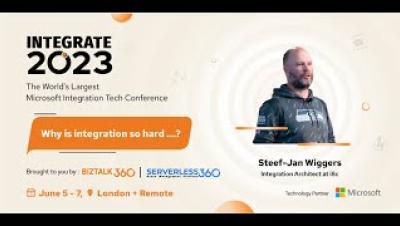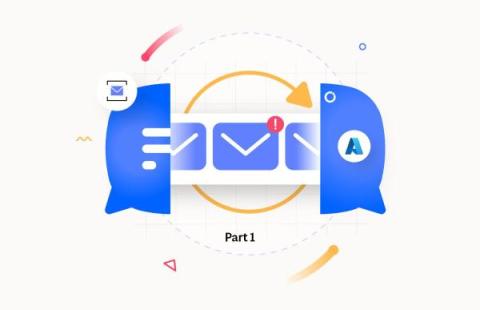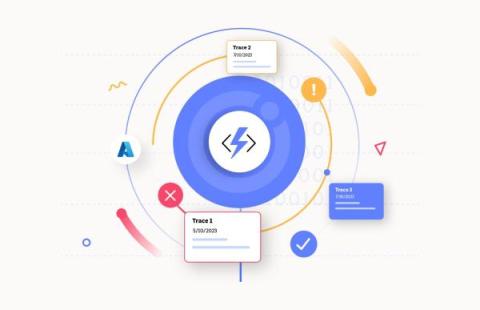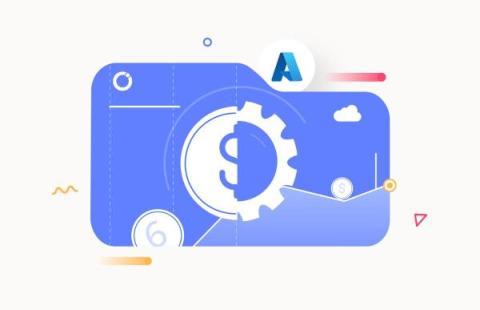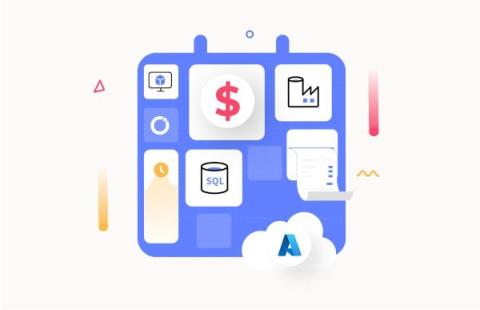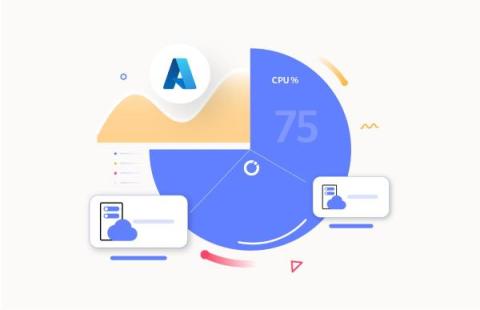Why is application integration so hard - Steef Jan Wiggers
Starting the first session of Day 2 at INTEGRATE, Steef Jan Wiggers explores the intricate world of integration in the session titled "Why is integration so hard". He offers insight into the challenges of connecting diverse systems and technologies, moving from the era dominated by SAP and mainframes to our imminent cloud-forward future. Highlighting pressing topics like the challenges of building in the cloud, the transformative potential of Dapr, and the broad scope of OpenTelemetry (OTel), Steef offers detailed insights.


